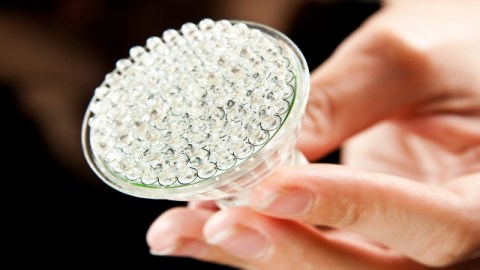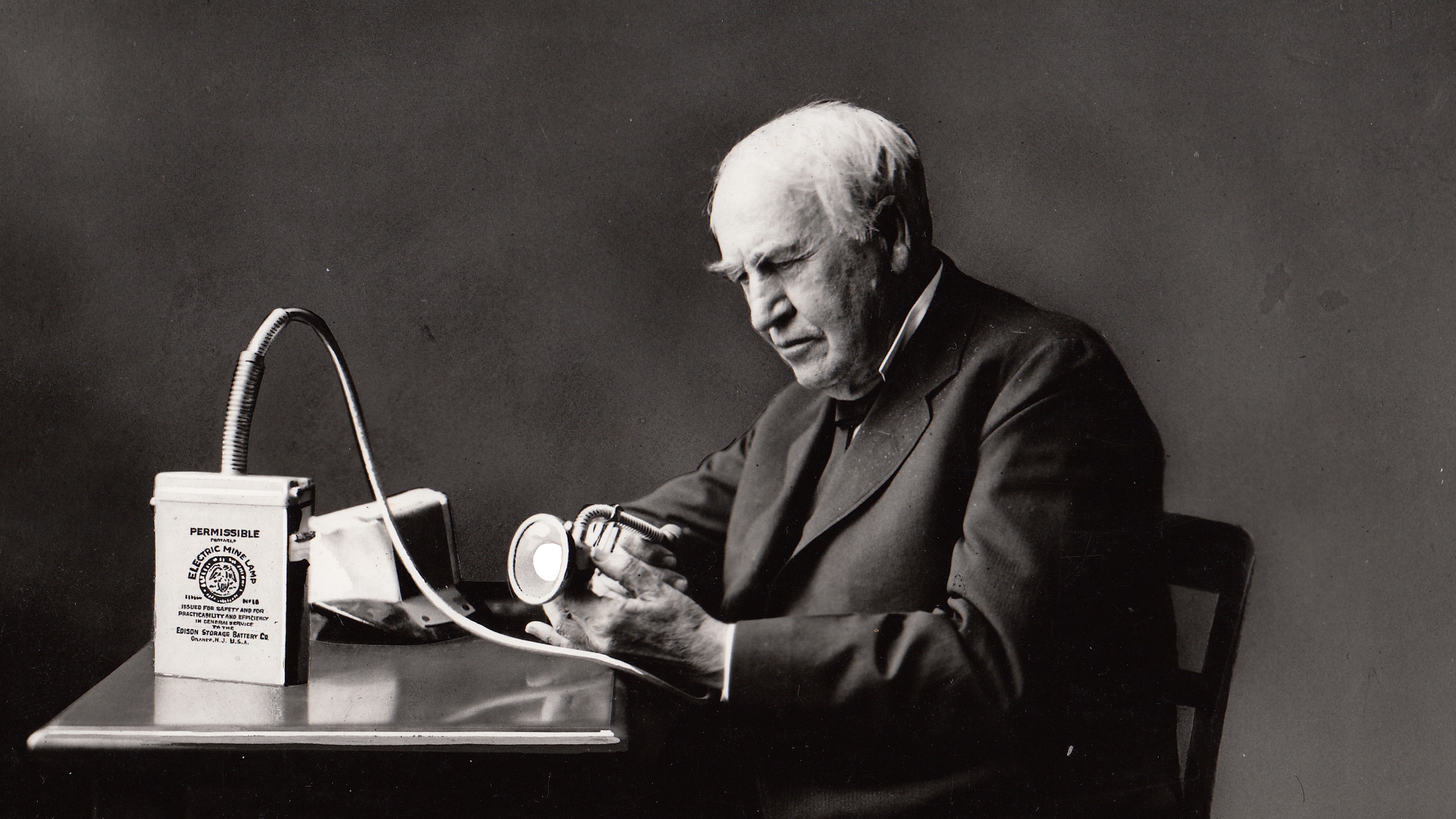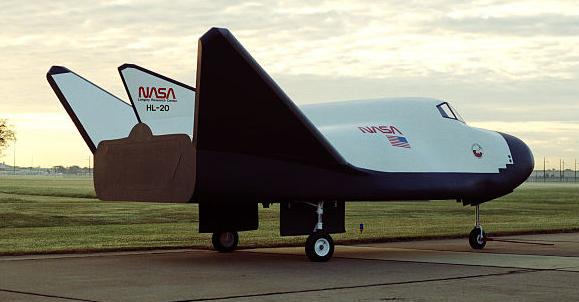The Future is Illuminating

It has been 130 years since the first practical light bulbs began to light up the world. In 1881, the Savoy Theatre in the City of Westminster, London was fitted with incandescent light bulbs, becoming the first public building in the world to be lit entirely by electricity.
Since then, there have been great strides made in lighting technology. For the most part, advances have been incremental in nature, such as tweaking existing designs to produce a better bulb. But every once in a while, a major breakthrough came along that completely changed the game.
The first major shift in light bulb technology came with the advent of the fluorescent bulb. One of the first prototypes was designed and built in 1934 by a team of engineers led by George E. Inman at General Electric’s Nela Park (Ohio) engineering laboratory. The immediate advantages of fluorescent bulbs over incandescent are operating life and energy efficiency. The average incandescent lasts on average 1,000 hours while the average fluorescent lasts for 10,000 hours. Also, because incandescent bulbs lose much of their energy as heat, just 5% of the energy they consume is converted tolight. Fluorescent bulbs on the other hand, convert from 20% to 25% of their energy to light.
A disadvantage of fluorescents bulbs, however, is that they require mercury vapor to work. While this doesn’t make them unsafe to operate, the bulbs cannot be disposed of with regular household garbage due to the toxicity of the mercury. Also, there is a potential health risk if a bulb breaks.
In 1962, the latest and greatest form of artificial illumination was invented; the light emitting diode (LED). Initially, these bulbs could only emit low intensity red light, but in the ensuing years, versions covering the entire visible, ultraviolet and infrared spectrums have become available. In recent years, they have reached a level of illumination suitable for most applications of indoor lighting.
The advantages of LED bulbs over fluorescent ones are quite similar to that of fluorescent over incandescent: greater energy efficiency and longer operating life. LEDs last for 100,000 hours (compared to 10,000 for fluorescent and 1,000 for incandescent), so based on an assumed usage of 4 to 8 hours per day, LED light bulbs would only have to be changed once or twice in the average person’s lifetime. Also, unlike the 5% efficiency of incandescent or the 25-30% efficiency of fluorescents, LEDs have an efficiency rating of 30%. As an added benefit, LEDs do not contain mercury.
Researchers estimate that, because of their increased energy efficiency, a worldwide switch to LEDs would enable the closure of 560 power plants and result in annual CO2 savings equivalent to the output of all the cars on the planet. A 2010 US Department of Energy report estimates that if the entire US switched over to LEDs, the savings would amount to $20 billion per year.
One of the challenges preventing this from happening has been the high initial cost of LEDs. Even today, after many decades of improvements, most LED bulbs still set you back anywhere from 10 to 30 dollars. The primary reason for this is because LEDs are grown on sapphire substrates, a costly process.
In January of this year however, researchers at Osram Opto Semiconductors (the second largest lighting manufacturer in the world) announced they were able to grow LEDs on silicon instead of sapphire, with no reduction in quality. In fact, researchers reported that they were able to produce LEDs with efficiencies of up to 58%. This should bring the cost of producing bulbs down tremendously as silicon is a much less expensive substrate than sapphire. Best of all, Osram says that these new LEDs could become commercially available in as little as 2 years.
With steadily falling manufacturing costs and ever increasing efficiencies, it’s reasonable to assume that before the decade is over, LEDs will be as prevalent in homes and offices as incandescent and fluorescent bulbs are today. This should translate into tremendous energy savings, which is good for the planet and good for the wallet.
Thanks to LEDs, the future looks bright.
Jon Korvascus is a freelance writer who enjoys writing about technologies that are currently under development and how such technologies will positively impact our future. Please visit his blog here.
From life-saving apps to cutting-edge military defense, Humanizing Technology will explore and expand the boundaries of what it means to be human, today and far into the future.
Image Credit: tarczas/shutterstock.com





